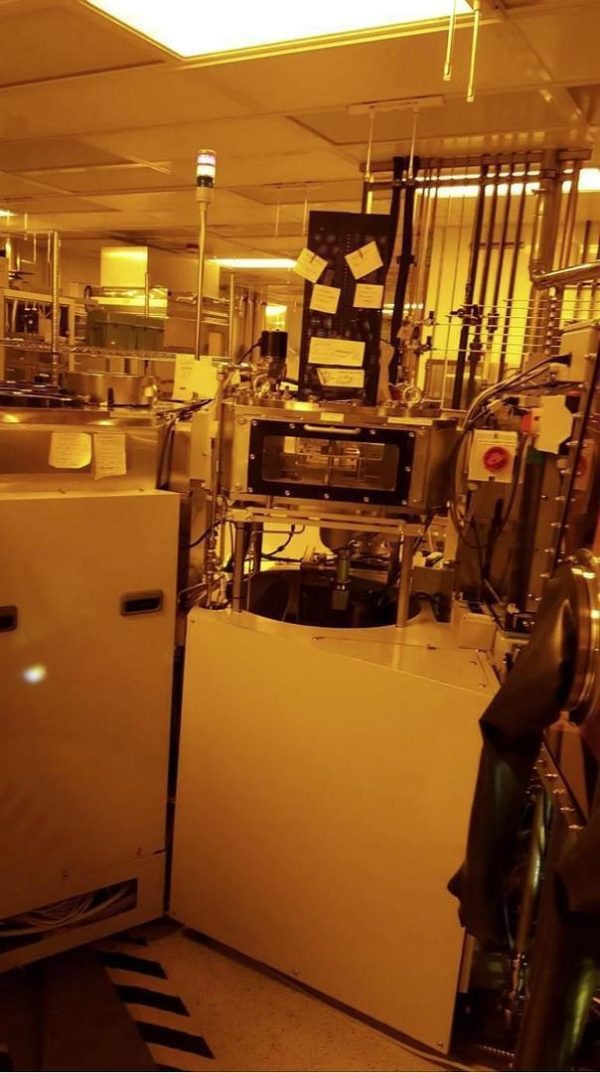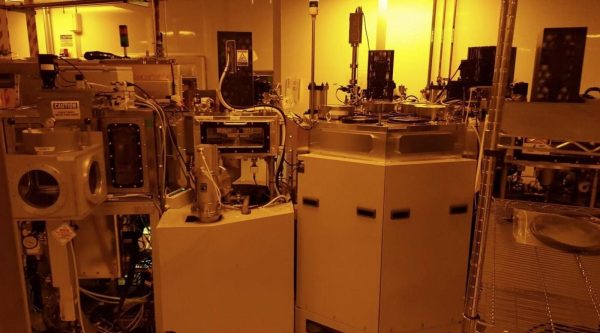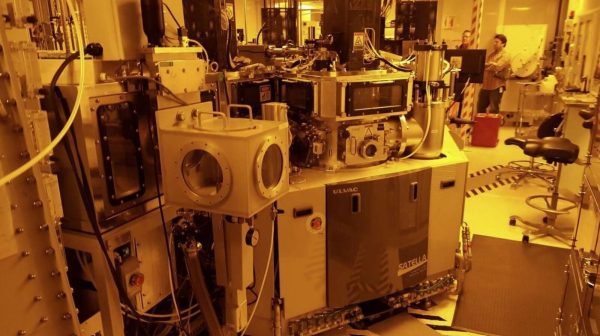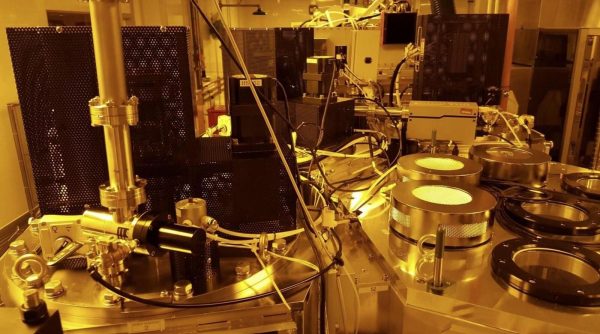Description
ULVAC SATELLA
Deposition Tool Vacuum Evaporation System
Satella has a multiple independent chamber configuration.
It can be used for full-color device production, a difficult application for Solciet.
It has a 7-sided transfer chamber, and can support 2 to 4 organic deposition chambers as needed.
It comes with a high-precision mask alignment mechanism for active-matrix full-color devices.
It supports substrates of 200 mm in diameter as the standard substrate size.
Manufacturer: ULVAC
Model: Satella
Type: Sputtering Systems Equipment Details: Vacuum evaporation system
Manufacturer Catalogue Information about
ULVAC SATELLA Deposition Tool Vacuum Evaporation System :
SATELLA: To solve problems in organic deposition processes, Satella has a multiple independent chamber configuration. It can be used for full-color device production, a difficult application for Solciet. It has a 7-sided transfer chamber, and can support 2 to 4 organic deposition chambers as needed. It comes with a high-precision mask alignment mechanism for active-matrix full-color devices. It supports substrates of 200 mm in diameter as the standard substrate size.
What is Deposition Tool Vacuum Evaporation System?
A deposition tool vacuum evaporation system is a type of physical vapor deposition (PVD) system that uses thermal evaporation to deposit thin films of materials onto substrates. Thermal evaporation is a process in which a solid material is heated to a high temperature until it vaporizes. The vapor then condenses on a cooler substrate, forming a thin film.
Deposition tool vacuum evaporation systems are used in a wide variety of applications, including:
Semiconductor manufacturing
Optical coating
Metallization
Decorative coatings
Corrosion protection
The main components of a deposition tool vacuum evaporation system are:
A vacuum chamber
A heating source
A substrate holder
A material source
A thickness monitor
A vacuum pump
The vacuum chamber is used to create a high vacuum environment, which is necessary to prevent the vapor from colliding with gas molecules. The heating source is used to vaporize the material source. The substrate holder is used to hold the substrate in place during the deposition process. The material source is the material that is being deposited onto the substrate. The thickness monitor is used to measure the thickness of the deposited film. The vacuum pump is used to remove air from the vacuum chamber.
The deposition process is typically carried out as follows:
The vacuum chamber is evacuated to a high vacuum.
The material source is heated until it vaporizes.
The vapor condenses on the substrate, forming a thin film.
The deposition process is stopped when the desired film thickness is reached.
The substrate is removed from the vacuum chamber.
Deposition tool vacuum evaporation systems are capable of depositing a wide range of materials, including metals, semiconductors, and dielectrics. The thickness of the deposited film can range from a few nanometers to several micrometers.
Here are some examples of deposition tool vacuum evaporation systems:
Thermal evaporation boat system
Thermal evaporation electron beam gun system
Thermal evaporation sputtering system
Each type of deposition tool vacuum evaporation system has its own advantages and disadvantages. The best type of system for a particular application will depend on the material being deposited, the desired film thickness, and the budget.






















